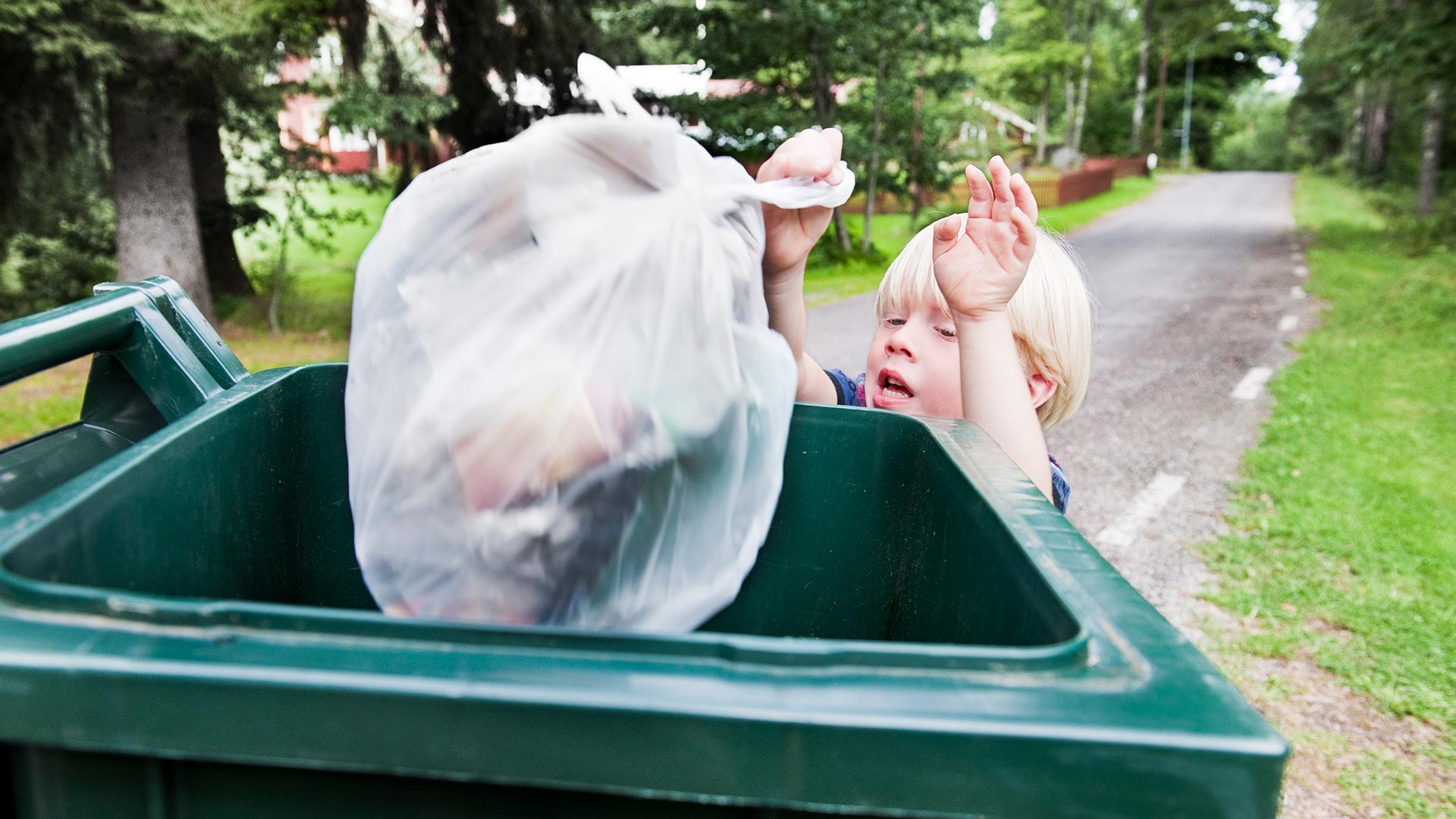Waste

Here we have summarized information that provides an overview on different aspects of the Swedish solid waste management.
The Swedish EPA is a central environmental authority. One of our work areas is to ensure that waste management is environmentally acceptable, effective for society and simple for consumers. Here you can learn more about the different aspects of the Swedish waste management that many of our international cooperation partners often ask us about.
Waste management in Sweden
Extended Producer Responsibility
Guidance in Extended Producers Responsibility
The Swedish Environmental Protection Agency offers guidance to producers in several areas.

The Waste Registry
According to the Waste Ordinance, notes kept on hazardous waste must be reported to the Waste Registry. Here is information about which information that are to be submitted.

Examples from Sweden on Reducing Food Waste
The Swedish Government sets national goals to clarify where efforts should be made.
The two milestone targets for reduction of food waste in Sweden are:
1. The total food waste must be reduced by at least 20 percent by weight per capita from 2020 to 2025.
2. An increased share of produced food must reach stores and consumers by 2025, so as to avoid food losses